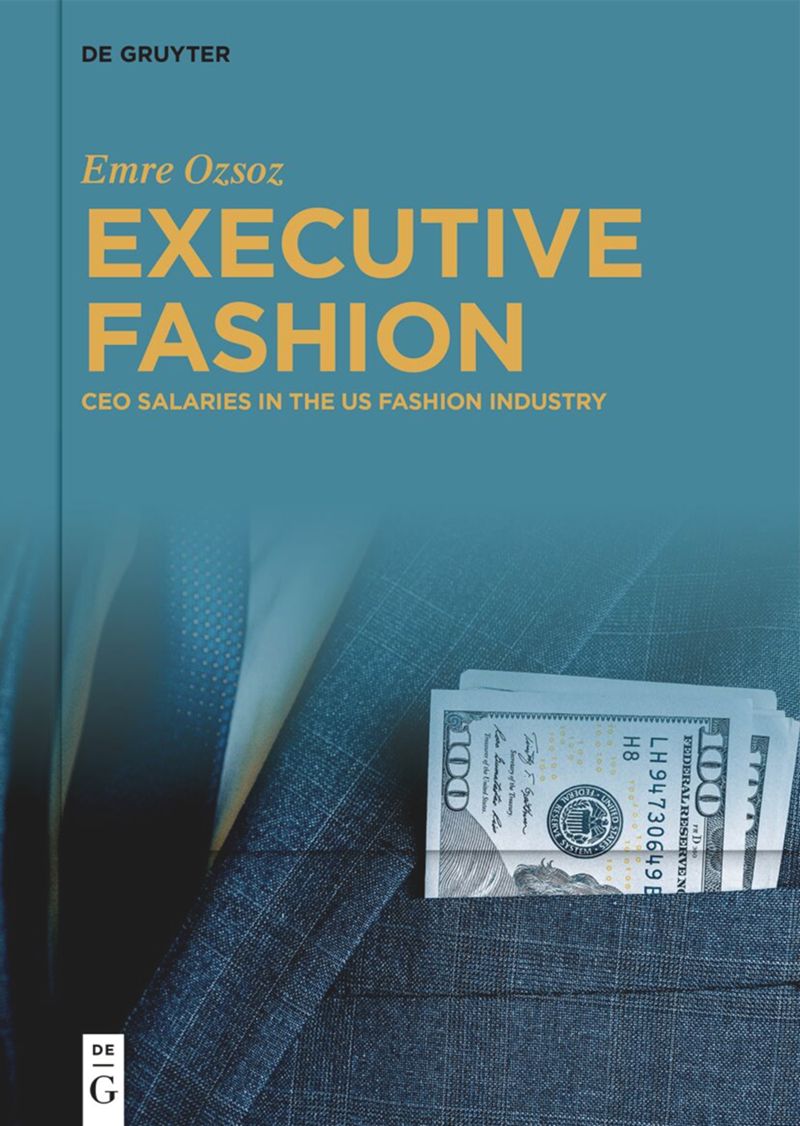
Associate Professor of Economics
Emre Ozsoz
- School of Liberal Arts
- Social Sciences
Executive Fashion
CEO Salaries in the US Fashion Industry
Chief Executive Officer (CEO) salaries are a topic of interest among the public and academics in the US as well as the world over. They have also been studied by many academics but few have looked at CEO pay in the fashion business.
Executive Fashion is a pioneering study of executive compensation in the US fashion business. It explores the following questions and more:
- Are fashion executives any different from any other industry CEOs when it comes to pay?
- What are the current compensation levels in the industry?
- Are there outliers when it comes to pay and performance?
- Who are the least and most paid CEOs in the US fashion business?
- How do fashion executives’ pay scales compare against their firms’ performance metrics?
The book also investigates whether the office of Chief Creative Officer, a title that emerged in the 1990s, has an impact on company performance. It provides comparisons on CCO compensations across companies, and explores the diversity of the fashion business, looking at how minorities and women fare in the industry with regard to salaries. It also discusses the effects of the COVID-19 pandemic on the fashion industry, analyzing which companies were able to adapt to the new retail landscape and which ones were not.
This book is a must read for those in the fashion industry and those interested in corporate governance in general.
- Specific focus on the fashion industry, evaluating CEO pay against firm performance.
- In-depth discussion of the impact of a newly created executive title, the chief creator officer (CCO).

How did you first come up with the idea for this work?
In one of my classes at FIT titled (EC201 - Contemporary Issues in Economics) we have a section on executive pay and on the question of whether CEO pay is excessive or not.
Every time I teach this course we have the most vibrant discussion on this topic, my FIT students are almost always very eager to talk about the fashion industry (since most of them also work in the industry while going to school). I regularly assigned a project where students would analyze the earnings gap between their company’s average workers and their CEOs.
Over the years, students consistently uncovered significant pay disparities, which intrigued me. These repeated observations prompted me to conduct a more comprehensive investigation into executive compensation. The persistent patterns and students’ passionate insights ultimately inspired me to develop a book project exploring this complex economic issue in greater depth.
What was your research process like?
I obtained the DEF-14A Proxy Statement filings for 40 publicly listed fashion and apparel company from the Securities and Exchange Commission for ten years. The I went over each one of these filings and compiled my dataset by hand. Then I started to analyze data by running estimations on executive pay versus the financial performance of these companies. I consulted industry publications like Women’s Wear Daily, Business of Fashion to learn more about each company and its leadership as I tried to understand the numbers.
How long did you work on this before it was published?
About two years. I used a sabbatical leave to write the manuscript and about a year to revise it.
Does this work relate to your role at FIT? If so, how?
Of course, this book relates to FIT and what we do at FIT. The study of executive compensation is a popular field under corporate governance literature in Economics and in this book I focused on the fashion industry which no one before me had ever looked at.
What was your biggest challenge? What was most rewarding?
Biggest challenge was compiling data on executive compensation and diversity statistics in fashion companies. I went through over 400 company filings with the SEC and picked data by hand which took a long amount of time. However in the end when I uploaded all the data in to my computer and started to run estimations, a picture emerged about executive pay in the fashion business. This was worth all the effort.
Is there other information we should know?
I would not be able to write this book if it were not for the sabbatical leave I took at FIT. During the regular semester we never find time to work on our research projects. Therefore I am thankful for the opportunity.
Have you published any other books or have any upcoming publications?
I have a whole list of my publications on my FIT page.
- Professor at FIT since 2007
- Book published Feb 17, 2025
